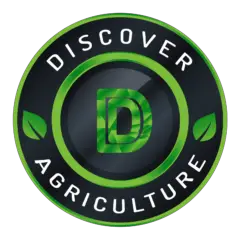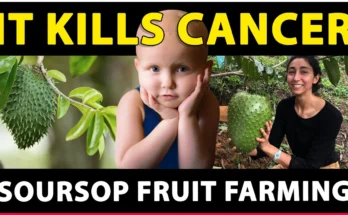Introduction
Farming efficiency and sustainability are critical in today’s agricultural landscape. Integrated Fish and Chicken Farming is an innovative system that combines aquaculture (fish farming) with poultry (layer chickens) to create a self-sustaining, low-waste, and highly profitable farming model.
This article explores:
✔ How integrated fish and chicken farming works
✔ Key benefits of combining fish and poultry
✔ Step-by-step setup guide
✔ Management tips for success
What is Integrated Fish and Chicken Farming?
This system connects fish ponds with poultry sheds, where:
Chicken manure fertilizes the pond, promoting algae and plankton growth (natural fish feed).
Fish benefit from nutrient-rich water, reducing feed costs.
Poultry birds (layers) provide eggs and meat, adding another income stream.
Why Integrate Fish and Poultry?
✅ Cost Reduction – Chicken waste reduces fish feed expenses by 30-40%.
✅ Higher Productivity – Fish grow faster in nutrient-enriched water.
✅ Eco-Friendly – Minimizes waste and chemical use.
✅ Dual Income – Earn from both fish and poultry products.
How to Set Up an Integrated Fish and Chicken Farm
1. Selecting the Right Location
- Flat land with good water retention (clay-loam soil ideal for ponds).
- Clean water source (borewell, river, or rainwater harvesting).
- Proximity to markets for easy selling of fish and eggs.
2. Designing the System
- Fish Pond Construction:
- Size: 0.5 to 1 acre (depth: 5-6 feet).
- Shape: Rectangular for easy management.
- Lining: Clay or synthetic liner to prevent leakage.
- Poultry Shed Placement:
- Built above or beside the pond for manure to wash into the water.
- 1,000 birds can support 1 acre of fish pond.
3. Choosing Fish and Poultry Breeds
- Fish: Tilapia, Catfish, or Carp (fast-growing, hardy species).
- Poultry: Layer chickens (e.g., Rhode Island Red, Kuroiler) for eggs.
4. Feeding and Management
- Chickens: Provide balanced feed (16-18% protein for layers).
- Fish: Supplement with pellet feed if natural food is insufficient.
- Water Quality: Monitor pH (6.5-8.5) and oxygen levels.
5. Harvesting & Marketing
- Fish: Harvest in 6-8 months (1,500–2,000 kg/acre possible).
- Eggs: Layers produce 250-300 eggs/year.
- Sell fresh fish and eggs locally or to wholesalers.
Benefits of Integrated Fish and Poultry Farming
| Benefit | Description |
|---|---|
| Reduced Feed Costs | Chicken manure cuts fish feeding expenses. |
| Higher Profits | Dual income from fish and eggs. |
| Eco-Friendly | Zero waste—manure becomes fish food. |
| Low Disease Risk | A balanced ecosystem reduces infections. |
| Year-Round Income | Continuous production (fish + eggs). |
Challenges & Solutions
⚠ Challenge: Water pollution from excess manure.
✅ Solution: Control poultry numbers (1,000 birds/acre max).
⚠ Challenge: Predators (birds, otters) stealing fish.
✅ Solution: Use nets and fencing.
⚠ Challenge: Disease outbreaks in poultry.
✅ Solution: Regular vaccinations and biosecurity measures.
Conclusion: Is This Farming Model Right for You?
Integrated Fish and Chicken Farming is ideal for farmers seeking:
✔ Multiple income sources
✔ Sustainable, low-cost production
✔ Efficient land and resource use
For a detailed guide, watch the full video on Discover Agriculture’s YouTube Channel
Also View: Artificial Intelligence (AI) in Agriculture: The Future of Smart Farming with IoT




